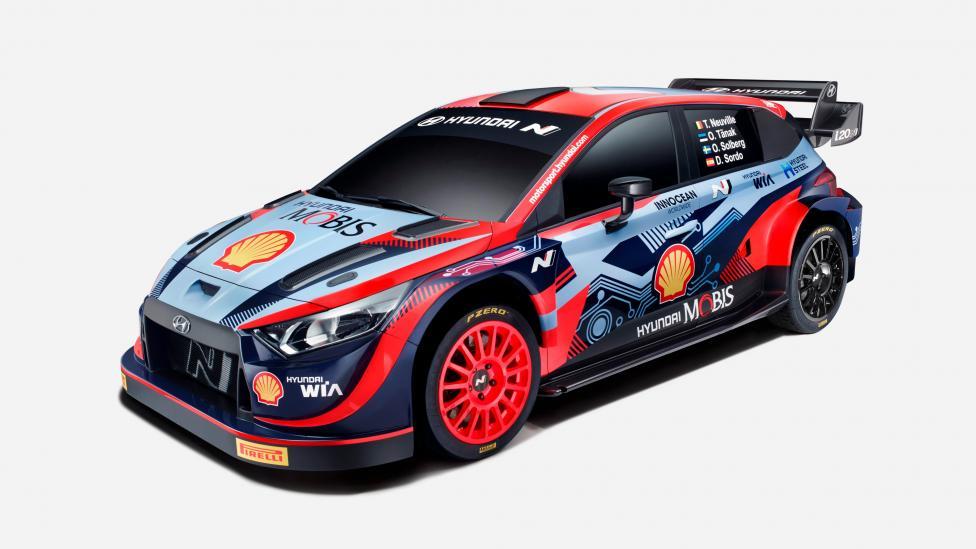
SPEC HIGHLIGHTS
- SPEC
Hyundai i20N
- ENGINE
1598cc
- BHP
204bhp
- 0-62
6.2s
Our i20N spies on its rally rival's WRC testing
By the time you’re reading this, we already know what Hyundai’s 2022 World Rally car looks like. But being an especially impatient member of the bobble-hat brigade, I couldn’t wait for a poke round WRC’s all-new ‘Rally1’ hybrid tech. So I finagled our i20N into a pre-season test session of its rival M-Sport Puma in the Lake District.
It’s been a long time since top-flight rally cars accurately represented something you can buy on the road – the GR Yaris bears surprisingly little relation to Toyota’s competitor – and 2022’s new rulebook only exacerbates the point.
Central to it all are two elements, both dictated and governed by the FIA with little room for the teams to impart their own personality upon them. First up is a steel spaceframe chassis; where outgoing WRC cars were closely related to road car shells, you’re now looking at bespoke (often carbon) panels draped across an ultra-strong core.
Side-impact protection has been the big focus, and a high-speed shunt in testing – involving Hyundai’s Thierry Neuville in a rally i20 – has already given the setup a stern test. While some of the cage’s angles are dictated by the FIA, M-Sport promises you’d be able to tell Rally1’s three gladiators apart in their barest form.
Then there’s the powertrain. A 1.6-litre four-cylinder engine continues to drive all four wheels through a sequential gearbox, with a peak output of around 400bhp. What’s most obviously new is the addition of another 134bhp in hybrid boost, vastly raising the power-to-weight ratio… sometimes.
It’s exactly the same for all Rally1 cars; the battery pack arrives sealed up from Compact Dynamics and is placed in a location chosen by the FIA to both maximise safety and create some parity in the weight distribution of Ford, Hyundai and Toyota’s top-flight contenders.
They wont often be 534bhp cars, though. On the start line, drivers will be allowed full power for their first acceleration, lasting around three seconds. Which is basically the car’s 0-62mph time. Then it’s back down to petrol power only until the driver earns what’s called a ‘valid regen’. Basically, they have to brake hard enough and long enough to satisfy a set of criteria and unlock a 30 per cent boost which might already be sitting there untapped.
A few runs up and down an airstrip in the Puma reveals this new breed of WRC car to be flipping brisk. Those three seconds of initial full-pelt acceleration are every bit as brain-scrambling as you’d hope or expect. And yet the most immediately tangible difference between lightly mismatched road and rally car – on a gnarly Cumbrian airfield, at least – is actually in ride quality. Hyundai’s hench little road car nearly shook my eyeballs out as we limped over neglected potholes. The WRC Puma shuffled over them like a landborne hovercraft.
What chance doubling the i20N’s power before adding a 4WD system and spectacularly expensive damping to make a proper homologation special, Hyundai? I suspect I already know the answer…
Mileage: 4842 Our mpg: 41.3

Featured

Trending this week
- Car Review
BMW iX3



